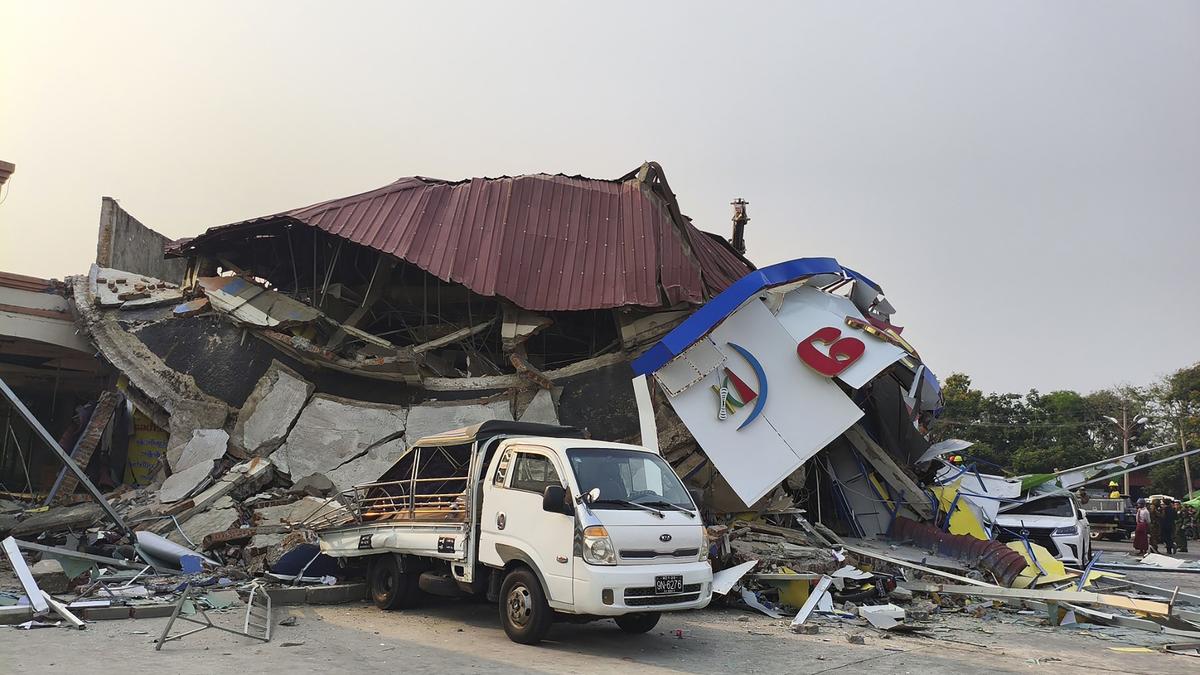
Explained | Science behind powerful earthquake in Myanmar, Thailand
The Hindu
Powerful 7.7 magnitude earthquake in Myanmar's Sagaing region causes extensive damage, shaking neighbouring Thailand, with high potential fatalities.
A powerful earthquake of magnitude 7.7 centred in the Sagaing region near the Myanmar city of Mandalay caused extensive damage in that country and also shook neighbouring Thailand on Friday (March 28, 2025).
Myanmar lies on the boundary between two tectonic plates and is one of the world’s most seismically active countries, although large and destructive earthquakes have been relatively rare in the Sagaing region.
“The plate boundary between the India Plate and Eurasia Plate runs approximately north-south, cutting through the middle of the country,” said Joanna Faure Walker, a professor and earthquake expert at University College London (UCL).
She said the plates move past each other horizontally at different speeds. While this causes “strike slip” quakes that are normally less powerful than those seen in “subduction zones” like Sumatra, where one plate slides under another, they can still reach magnitudes of 7 to 8.
Sagaing has been hit by several quakes in recent years, with a 6.8 magnitude event causing at least 26 deaths and dozens of injuries in late 2012.
But Friday’s (March 28, 2025) event was “probably the biggest” to hit Myanmar’s mainland in three quarters of a century, said Bill McGuire, another earthquake expert at UCL.
Roger Musson, honorary research fellow at the British Geological Survey, told Reuters that the shallow depth of the quake meant the damage would be more severe. The quake's epicentre was at a depth of just 10 km (6.2 miles), according to the United States Geological Survey.

 Run 3 Space | Play Space Running Game
Run 3 Space | Play Space Running Game Traffic Jam 3D | Online Racing Game
Traffic Jam 3D | Online Racing Game Duck Hunt | Play Old Classic Game
Duck Hunt | Play Old Classic Game











